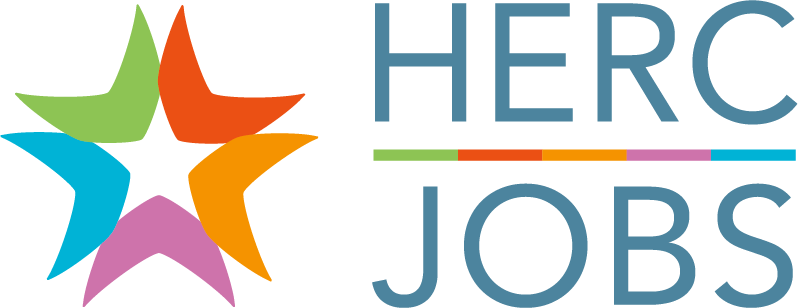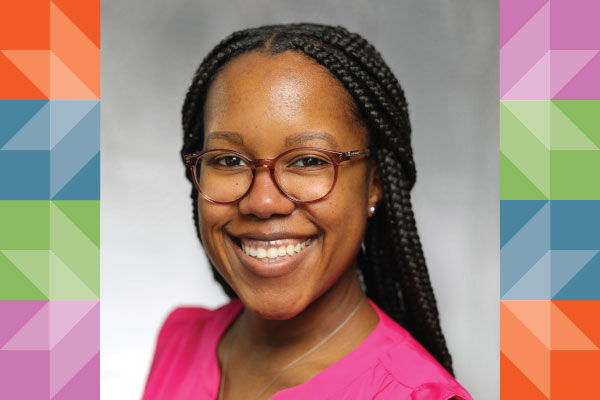
If your company conducts peer-to-peer feedback during their performance review cycles, chances are at some point you’ll be tasked with providing an evaluation for one of your teammates. This may make you a little uncomfortable, especially if the person is someone you work closely with or are friends with. However, it’s a crucial process for fostering a positive and productive work environment and ensuring your team’s collective long-term success. Let’s break down how you can approach the review so that it positively impacts the employee and your team, while also ensuring your feedback is actionable.
Timely Feedback
Providing feedback in a timely manner is important because you can nip issues in the bud before they escalate to real problems for the person or your whole team. It gives you a chance to report a recent issue that will be more motivating for the employee to address and correct than speaking to something that happened a long time ago. Some companies only conduct reviews yearly and managers may purposively select different people to provide peer-to-peer feedback each time there is a review cycle. This makes it even more important to provide feedback while the opportunity is in front of you. Letting it fester means you’ve deprived the employee of learning from it and acting toward improvement – which doesn’t do them, you, or the overall team any good.
Effective Communication
So, how do you deliver your valuable feedback? First off, coming to it with empathy is key. Imagine yourself receiving feedback and how it may make you feel. What would put you on the defense vs. make you curiously absorb it with an open mind? What would make you want to take action to improve your performance? Simply taking this imagination exercise seriously, and then crafting your feedback accordingly, will put you well on your way to delivering feedback that will resonate.
Typically peer-to-peer reviews are conducted in writing, but if your company encourages in-person reviews, brushing up your active listening and understanding non-verbal cues skills are also important.
Constructive (vs. Destructive) Feedback
Constructive feedback involves providing tangible input aimed at fostering growth and improvement – and ties back to the team’s goal or the employee’s specific role. It focuses on remaining professional while presenting specific behaviors or outcomes you’ve observed without making the review personal. You can also review examples of constructive feedback in action if you’re having trouble with crafting your message. Conversely, if you deliver feedback that is vague, personal, or too general, the feedback is likely to be destructive to the employee’s performance and motivation.
The Good ‘Ol Sandwich Approach
The Sandwich Approach is a well-known way to deliver feedback and works well for a lot of situations—and peer-to-peer is no exception. It’s a great way to make the delivery feel safe and remind the recipient of their positive qualities or team contributions. To deliver a “sandwich,” you simply deliver the feedback in the order of positive-negative-positive. Begin by highlighting something that went well that gives you an opportunity to acknowledge your peer’s strengths. Then, move on to a specific area of improvement you observed that you feel could have been handled more effectively. Use clear, actionable, encouraging language, and provide examples to illustrate your points. Then “sandwich” the feedback by concluding with positive reinforcement about the employee’s strengths, bringing everything back to the collective success of the team.
Continuous Improvement
An organization or team that solicits peer-to-peer feedback is likely committed to continuous improvement—which is a great thing for everyone’s professional growth as well as long-term team cohesion. Getting comfortable with delivering your observations by using the above approaches means you’ll be doing your part to encourage the idea that everyone can contribute to the team’s goals and the organization’s growth – regardless of position.
Check out Top Articles on HERC Jobs.
About the Author: Sara Jane Todd is a marketing and communications professional with 20+ years of experience across various disciplines and industries. Sara’s biggest passion is developing clear, concise, compelling messaging and branding—ensuring a consistent voice across all marketing touchpoints. She believes that same philosophy applies to how you market yourself.









